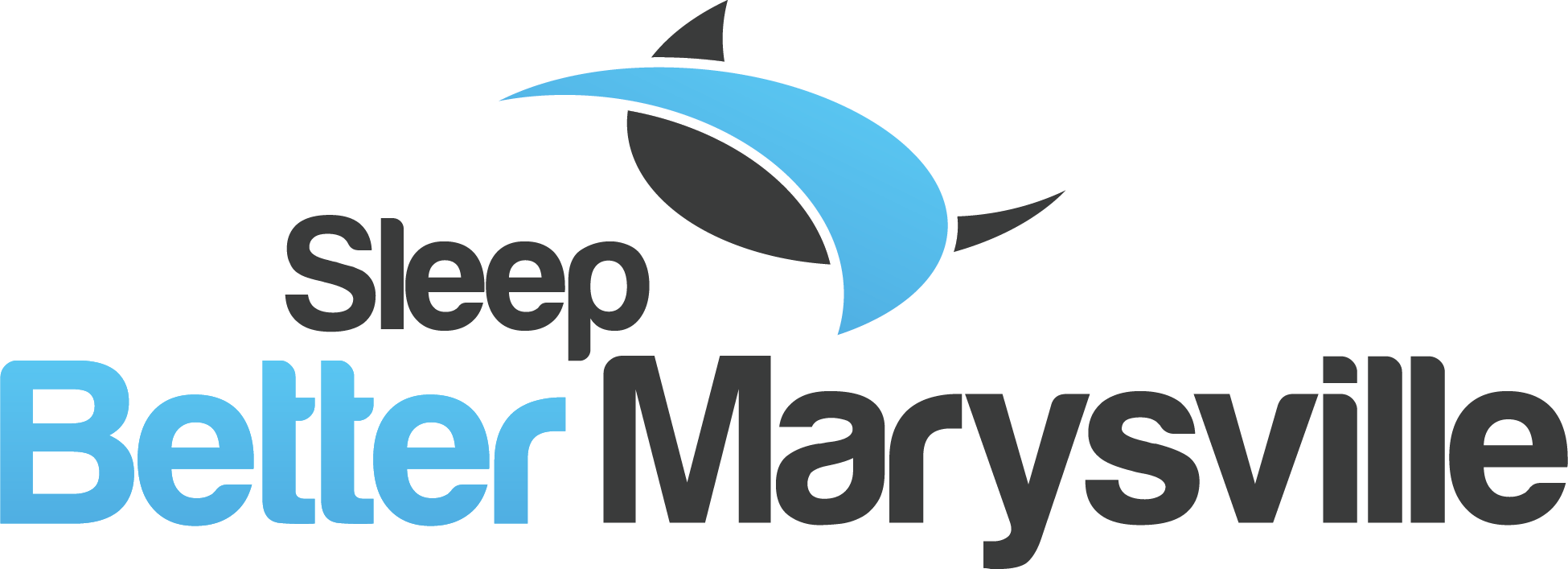Sleep apnea is a common condition that disrupts the sleep cycle, leading to poor sleep quality and potential long-term health issues. Individuals with sleep apnea often experience interruptions in their breathing while asleep, which can contribute to daytime fatigue and other health complications. However, recent studies suggest that regular exercise can significantly improve sleep quality and reduce the frequency of apnea episodes. This blog explores how incorporating physical activity into your daily routine can help manage sleep apnea symptoms and promote better rest.
The Impact of Sleep Apnea on Overall Health
Understanding Sleep Apnea
Sleep apnea is when breathing repeatedly pauses and resumes during sleep. These interruptions, known as apneas, can last from a few seconds to several minutes and may occur multiple times throughout the night. The most common form, obstructive sleep apnea (OSA), happens when the throat muscles relax excessively during sleep, obstructing the airway. In contrast, central sleep apnea occurs when the brain fails to send the proper signals to the muscles that control breathing.
Common Symptoms and Risks
People with sleep apnea often snore loudly, choke, or gasp for air during sleep, disrupting the quality of their rest. Additional symptoms may include excessive daytime sleepiness, trouble concentrating, and irritability. Left untreated, sleep apnea can lead to more serious health problems such as high blood pressure, heart disease, stroke, and diabetes. Individuals with sleep apnea need to seek treatment options to reduce these risks and improve their overall health.
How Exercise Benefits Sleep Apnea Sufferers
The Connection Between Physical Activity and Sleep
Regular physical activity is key in promoting better sleep and improving overall health. Exercise can help regulate the body’s internal clock, making it easier to fall asleep and stay asleep throughout the night. Additionally, exercise stimulates the production of endorphins, natural mood boosters that help reduce stress and anxiety and are common triggers for sleep disturbances. For people with sleep apnea, regular exercise can also help address some of the underlying factors contributing to the condition, such as excess weight and poor muscle tone in the upper airway.
How Exercise Reduces Apnea Episodes
Studies have shown that consistent physical activity can significantly reduce the frequency and severity of apnea episodes. Exercise helps strengthen the upper airway muscles, making it less likely for the airway to collapse during sleep. For individuals with obstructive sleep apnea, improving muscle tone and reducing fat around the neck and throat can lead to a noticeable decrease in apneas. Furthermore, exercise helps reduce inflammation, improve airway function, and improve sleep quality.
Best Types of Exercise for Improving Sleep Apnea
Aerobic Exercise and Its Benefits for Sleep
Aerobic exercise, such as walking, jogging, swimming, or cycling, is particularly effective for improving sleep quality in individuals with sleep apnea. These activities increase heart rate and improve cardiovascular health, which in turn helps regulate breathing patterns during sleep. Regular aerobic exercise can also aid in weight management, a key factor in reducing sleep apnea symptoms, particularly for those with excess weight around the neck. Aerobic exercises help improve lung capacity and endurance, making it easier to maintain consistent breathing during the night.
Strength Training for Better Sleep
Strength training exercises, such as weight lifting or bodyweight exercises (e.g., squats, lunges, push-ups), can also benefit individuals with sleep apnea. Building muscle mass improves metabolism and contributes to better body composition, which can help reduce fat deposits around the neck and throat. This reduction in excess tissue may alleviate airway obstruction, reducing apnea episodes. Strength training enhances physical fitness and can complement aerobic activities, improving sleep and overall health.
Flexibility Exercises and Breathing Techniques
Incorporating flexibility exercises, such as yoga or stretching, into a regular exercise routine can improve breathing control and promote relaxation. Certain yoga poses and stretching techniques can help open the chest and improve lung function, which may reduce the frequency of apnea episodes. Breathing exercises, such as diaphragmatic or pursed-lip breathing, enhance airflow and oxygen intake during sleep. These practices help individuals with sleep apnea achieve more profound, restorative rest.
Creating a Sleep-Friendly Exercise Routine
When to Exercise for Maximum Sleep Benefits
Timing is an essential factor when it comes to exercise and sleep. While regular exercise can enhance sleep quality, the timing of workouts can affect how well you rest at night. Avoiding intense physical activity close to bedtime is generally recommended, as it may increase adrenaline levels and make it harder to wind down. Aim to complete vigorous exercise at least three hours before going to sleep. However, lighter activities like stretching or gentle yoga can be done closer to bedtime and may help promote relaxation and prepare the body for rest.
Tips for Staying Consistent with Your Exercise Regimen
Consistency is key to reaping the benefits of exercise for sleep apnea. Setting a regular workout schedule can help make exercise a habit. It may be helpful to find enjoyable activities, making it easier to stick to the routine. Consider varying the types of exercise to maintain interest and challenge different muscle groups. It’s also important to start slowly and gradually increasing workouts’ intensity and duration to avoid overexertion. Tracking progress and setting achievable goals can provide motivation and encourage long-term commitment to exercise.
Potential Challenges and Considerations
Exercising with Sleep Apnea: What to Keep in Mind
While exercise can offer significant benefits for people with sleep apnea, it’s essential to approach it cautiously. For those who are just starting an exercise routine or have been sedentary, it is necessary to increase activity levels gradually. Overdoing it, especially in the early stages, can lead to fatigue and may make sleep quality worse instead of better. Additionally, individuals with more severe sleep apnea or other underlying health conditions should consult with a healthcare professional before beginning any new exercise regimen to ensure it’s safe and appropriate for their situation.
Consulting with Healthcare Providers
Before embarking on an exercise program, individuals with sleep apnea should seek guidance from their healthcare providers. A healthcare professional can help tailor an exercise plan considering the individual’s unique health needs and the severity of sleep apnea. They can also recommend specific exercises that may be more effective in managing symptoms. For some individuals, a sleep study may be recommended to understand the nature of their sleep apnea better and determine the most appropriate treatment methods, including exercise, as part of a broader treatment plan.
Start Your Exercise Journey to Better Sleep Today
Taking the first step towards incorporating exercise into your routine can significantly improve sleep quality and reduce sleep apnea symptoms. Begin with manageable goals and gradually increase the intensity of your workouts to see the best results. Get your consultation at Sleep Better Marysville to create a tailored exercise plan that aligns with your needs and health status. By making exercise a regular part of your life, you invest in better sleep, improved overall health, and a more energetic, fulfilling lifestyle.

